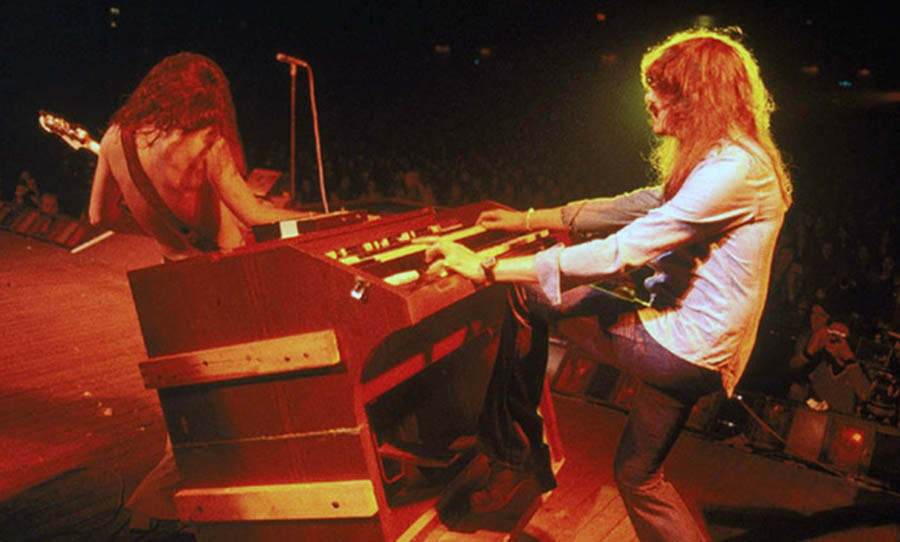Back in 1900s America—in a time before the Hammond Organ—if you wanted to listen to music in the house, it would have to be played either by a phonograph or a telharmonium. The phonograph required you to rotate a dial so that the spool would recreate the music based on the grooves on a cylinder, and the telharmonium required a performer to play a large electrical organ which sent signals to a receiver in your house for you to listen (pretty much the original live stream).
However, for those who did perform or play music, the telharmonium wasn’t a practical option for home playing because it required an immense amount of room – its alternators had to be large enough to generate high voltages so you could hear the music through the receivers.
In 1934, American engineer Laurens Hammond came up with a simple solution to this; an in-built amplifier.
Few pieces of musical equipment have retained a legacy quite like Hammond organs. Spanning genres ranging from psych and prog to jazz and reggae, the Hammond is a cornerstone of modern music. Here’s an insight into a history cut short.
The Great Depression had resulted in a decline in sales of Hammond’s earlier creations: spring-driven clock and an automatic bridge table shuffler, and these shortcomings drove him to find new avenues for which he could become commercially successful as an inventor.
Hearing the tones generated by the moving gears of his electric clock, Hammond was inspired to create the beginnings of what we now see as one of the greatest and most influential instruments to date: the Hammond organ.
Being far more compact than the telharmonium, the Model A quickly became a staple in churches, before rising in popularity with later models amongst professional musicians. George Gershwin, a very notable American classical and contemporary composer, was among the first to perform on the Hammond organ.
The Hammond’s bass pedals also slotted nicely into the sonic spectrum of jazz, and the organ quickly became popular in the scene with musicians such as Count Basie and Jimmy Smith. Smith’s records would go on to influence the likes of the Allman Brother Band, Jon Lord, and Keith Emerson – all of whom were composers and central figures in the bourgeoning rock genre – to use the Hammond.
On the other end of the spectrum, the Hammond was also used heavily both live and the studio by Bob Marley and the Wailers’ – most notably on No Woman, No Cry – yet another testament to the impact of the organ across a wide range of genres and playing styles.
The company began building fully electronic organs after electromechanical organs ceased production in 1974, a year after his death. Sales started declining during the mid 1970s as organs made way for the electrified rays of synthesisers. By 1985, the company was out of business. The Hammond brand was purchased by Hammond Organs Australia, before being purchased by Suzuki Musical Instrument Corporation in 1989, who then rebranded the company as Hammond-Suzuki.
Hammond-Suzuki still continue to release re-creations of the original organs using contemporary electronics and a digital simulator of the Hammond tonewheel used to generate the organs signature sounds; showing that the Hammond organ, even though not exactly the same as it was 60 years ago, is still very much alive today.

